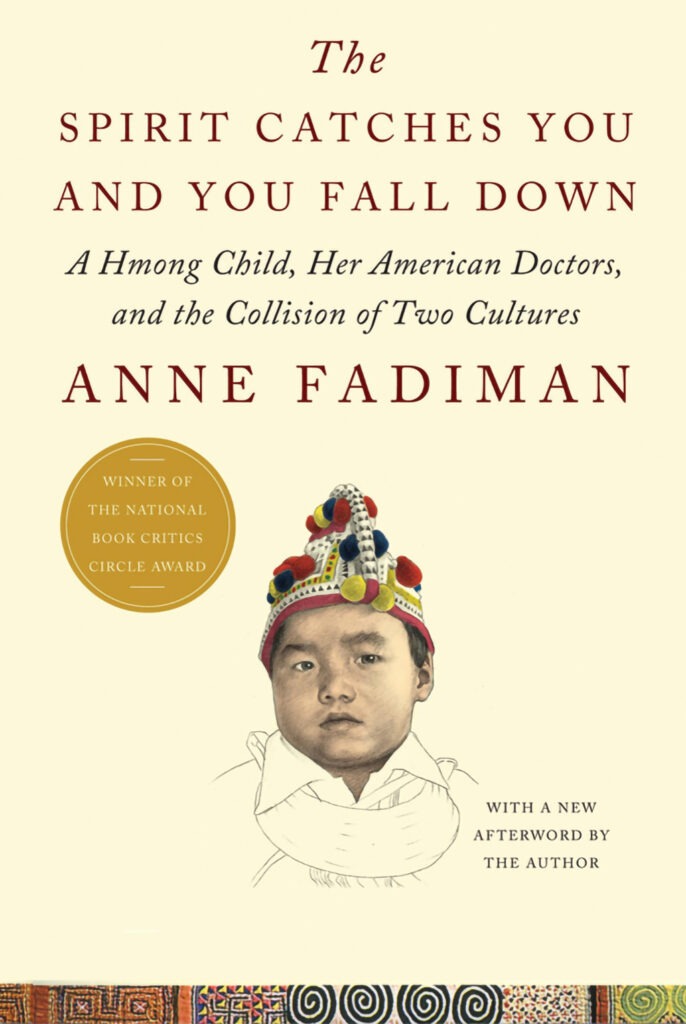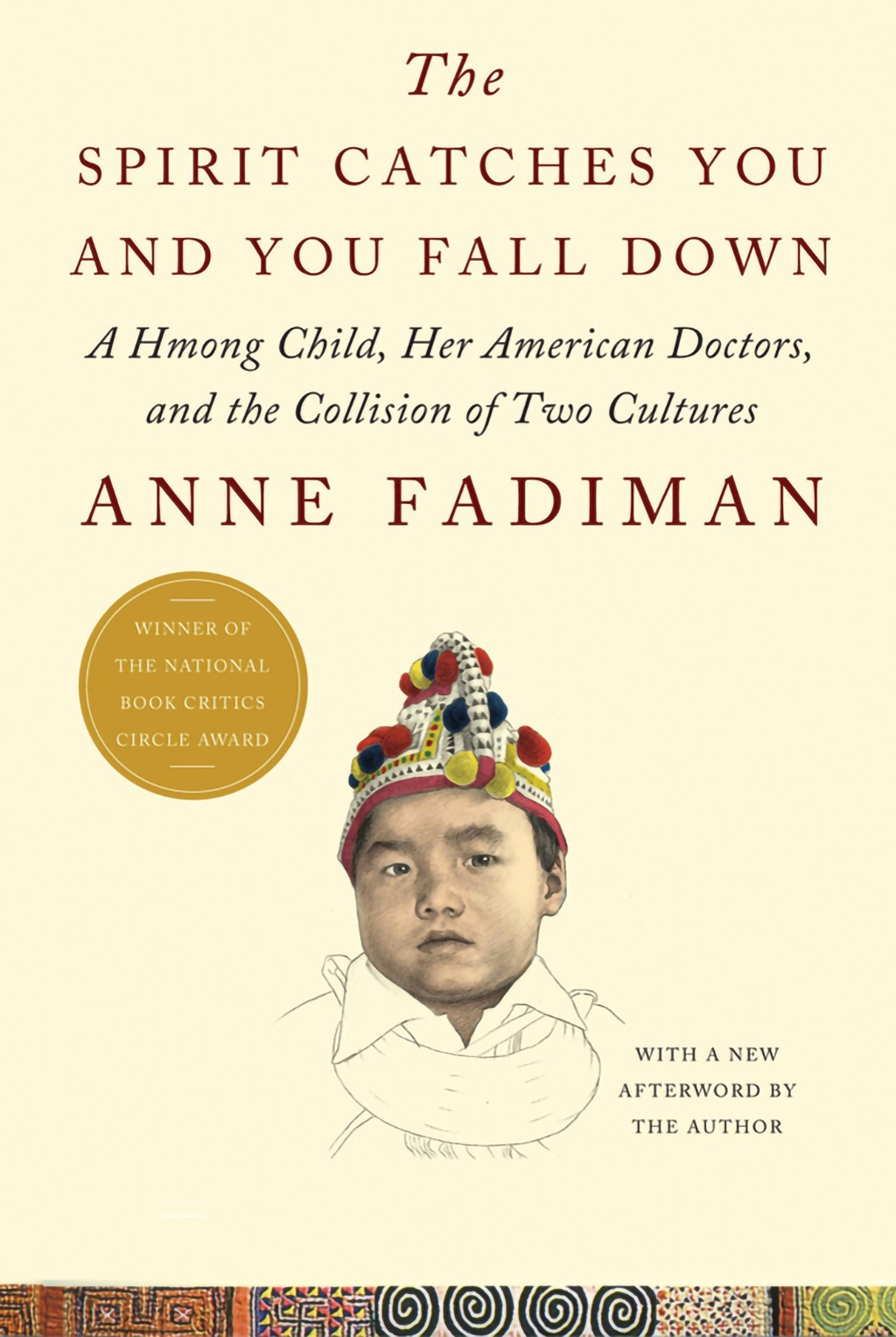
Hmong Romanticism: European Americans Hold About Native Americans
Exploring “The Spirit Catches You and You Fall Down”: A Clash of Cultures in Medicine
Delve into Anne Fadiman’s “The Spirit Catches You and You Fall Down,” a powerful narrative about cultural clashes between the Hmong community and Western medicine in Lia Lee’s tragic story.

The Spirit Catches You and You Fall Down: A Powerful Cultural Narrative
Anne Fadiman’s “The Spirit Catches You and You Fall Down” offers a poignant look into the tragic life of Lia Lee, a Hmong child diagnosed with epilepsy, and the cultural misunderstandings that arose between her family and the Western medical system. This book illuminates the challenges of cultural assimilation, the resilience of the Hmong people, and the devastating consequences of miscommunication.
Lia Lee’s Story: A Tale of Two Worlds
Born to Hmong refugees in California, Lia’s epilepsy became a battleground of cultural beliefs. While her parents saw her illness, qaug dab peg (translated as “the spirit catches you and you fall”), as a spiritual affliction requiring rituals and animal sacrifices, her doctors pursued aggressive medical interventions rooted in Western science. This clash led to heartbreaking outcomes, as neither side fully understood or respected the other’s perspective.
The Hmong Perspective on Health and Healing
For the Hmong, illness is deeply tied to the soul and spiritual harmony. Healing rituals often involve animal sacrifices, herbal remedies, and shamans who guide the soul back to its rightful place. This holistic approach contrasts sharply with the Western medical model, which separates the body from the soul and prioritizes clinical efficiency over spiritual concerns.
Western Medicine and Cultural Miscommunication
The doctors treating Lia struggled to navigate the cultural differences. Accustomed to precision and adherence to treatment protocols, they labeled the Lees “noncompliant” when they failed to administer Lia’s medications as prescribed. However, this lack of compliance stemmed from a fundamental misunderstanding: the Hmong did not operate within the same framework of time, language, or medical belief systems.
A Tragedy Without Villains
Fadiman skillfully portrays the humanity on both sides of the conflict. The Lees loved their daughter deeply, caring for her with devotion despite her deteriorating health. The doctors, too, acted with compassion, though their rigid adherence to Western practices left little room for compromise. This narrative is a reminder that cultural humility is essential in healthcare.
Why This Story Matters Today
Even decades after its publication, “The Spirit Catches You and You Fall Down” resonates as a call to bridge cultural divides in medicine. It underscores the importance of understanding and respecting patients’ cultural backgrounds to provide holistic care.
A Must-Read for Understanding Cultural Clashes
Anne Fadiman’s book is not just a story about one family’s struggles; it’s a broader commentary on the challenges of multiculturalism in America. By exploring the rich traditions of the Hmong and the rigidity of Western medicine, it offers profound insights into the necessity of empathy and cross-cultural understanding.
References and Further Reading
- The Spirit Catches You and You Fall Down | List Price: $15.00 | Our Price: $6.99 | You Save: $8.01 (53%) | Www.100share.Com | Customer Reviews | Fadiman is careful not to imbue the Hmong with the kind of romanticism that European Americans tend to hold about Native Americans: she does not evade the fact that they can be extremely difficult.





Responses